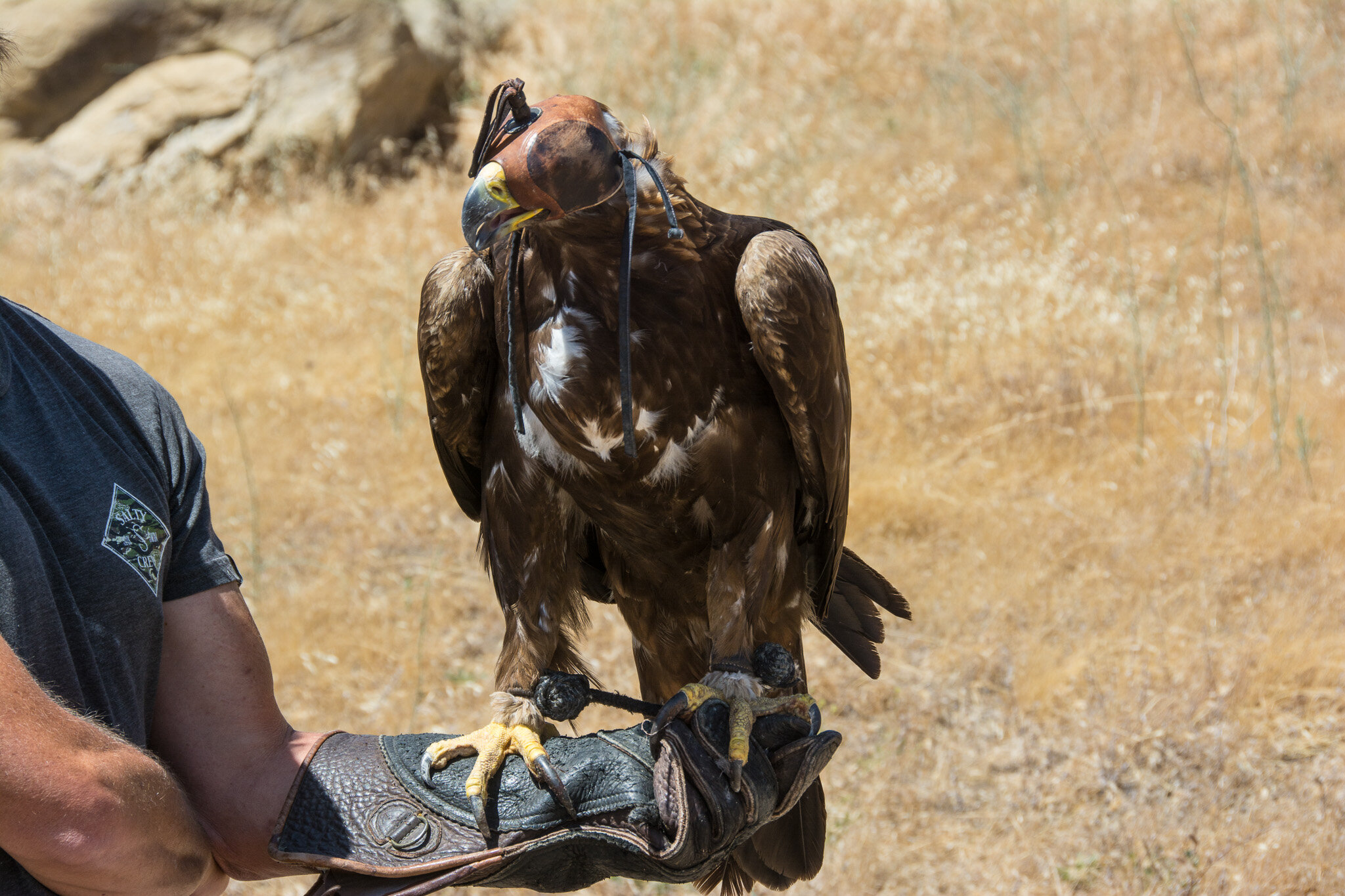Wildlands Works in Partnership with Local Community in Kern County
Tule elk are one of three subspecies of elk found in California, and are the smallest of all elk species in North America. In 1998, The Wildlands Conservancy coordinated with the California Department of Fish and Game to relocate tule elk to Wind Wolves Preserve.
Continue reading to learn more about what how The Wildlands Conservancy has successfully reintroduced this majestic species.
Tule Elk at Wind Wolves Preserve
Tule elk are one of three subspecies of elk found in California, and are the smallest of all elk species in North America. In 1998, The Wildlands Conservancy coordinated with the California Department of Fish and Game to relocate tule elk to Wind Wolves Preserve.
Continue reading to learn more about what how The Wildlands Conservancy has successfully reintroduced this majestic species.
It may be hot, but there’s still Beauty to Behold at Wind Wolves Preserve
It’s hot out there! With temperatures on the rise, The Wildlands Conservancy’s Wind Wolves Preserve has transitioned to summer evening programming including Night Hikes and Movies in the Canyon. On August 6, join us for a special evening event, Behold the Beauty of the Night Sky, to enjoy the wonders of the stars. You can find out more about our free programs below, or visit our program calendar online.
Continue reading to learn more about what The Wildlands Conservancy is up to this summer at Wind Wolves Preserve.
Scorpion Survey with a Surprise
In April, a team of scorpion researchers from the Arachnology Department at the California Academy of Sciences conducted a population survey in San Emigdio Canyon. In addition to cataloging a unique scorpion species, they also found other unusual species for the region. Check out the article to learn more.
Fossil Pollen Collection
Did you know that ancient pollen exists in soil? Find out why a team of paleobotanists from the University de Montpellier in France made a visit Wind Wolves Preserve this spring to collect fossil pollen.
Bat Research at Wind Wolves Preserve
On several late evenings across May and June 2022, visiting bat researcher Zeinab (Rose) Haidar (graduate student at Cal Poly Humboldt) and several field assistants, including bat expert William E. Haas (Director of the Central Coast Bat Survey), recorded audio and physical data on Wind Wolves Preserve bat species. Check out this article to find out what the research team learned.
Bakersfield Cactus Thrives at Wind Wolves Preserve
If you’ve explored the Wildflower Loop or the beginning of the San Emigdio Canyon Trail, you may have noticed clusters of a small cactus in the beavertail family.
What looks like maybe a small handful of cactus plants that border these trails to our everyday hikers is in fact one of our proudest and most successful restoration projects on The Wildlands Conservancy’s Wind Wolves Preserve…
Winter at Wind Wolves Preserve
Enjoy a collection of photographs taken at Wind Wolves Preserve during during the winter months.
SANTIAGO CREEK RESTORATION
In partnership with The Wildlife Conservation Board and the United States Department of Agriculture (USDA) Natural Resource Conservation Service, Wind Wolves Preserve has been restoring 6.7 acres of riparian (stream-side) habitat along Santiago Creek, a seasonal creek on the western edge of the Preserve.
GOLDEN EAGLE RELEASE
This summer, Wind Wolves Preserve partnered with the Sacramento-based Bird of Prey Health Group (formerly known as the California Foundation for Birds of Prey) to release a golden eagle (Aquila chrysaetos) on the Preserve. The team at the Bird of Prey Health Group had been rehabilitating this raptor for about 3.5 years, treating her for West Nile Virus, which she had contracted as a juvenile, and then teaching her how to hunt.
WILDFIRE SAFETY
As wildfires devastate natural areas and communities across our state, Wind Wolves Preserve strives to minimize the possibility of a blaze on our 93,000 acres and mitigate damage should flames ignite.
NOTES FROM A RANGER
The Wind Wolves Preserve ranger team is driven by the desire to encourage others, both young and old, to share in their appreciation for nature and its beauty. Whether listening to the peaceful sound of a spring-fed creek, spotting wildlife prints, or observing a condor soaring in the skies, experiences such as these build a tremendous foundation for one who seeks connectivity and appreciation for the simple things in life.
ECO-EXPLORER, SCIENCE FOR KIDS
When hiking at Wind Wolves Preserve, you will likely come across some animal scat, which is the scientific term for poop. Coyotes and bobcats, especially, tend to use our trails as their toilet. What happens to all this scat?













